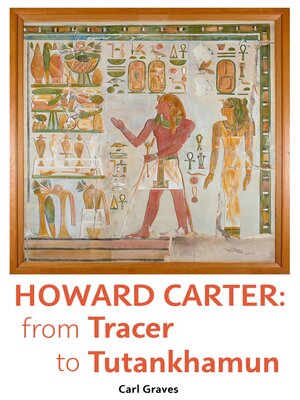
Sign up to save your library
With an OverDrive account, you can save your favorite libraries for at-a-glance information about availability. Find out more about OverDrive accounts.
Find this title in Libby, the library reading app by OverDrive.



Search for a digital library with this title
Title found at these libraries:
| Library Name | Distance |
|---|---|
| Loading... |
Howard Carter is often remembered for the discovery of the tomb of Tutankhamun in 1922, but his legacy in the field of Egyptology spreads far further than this single discovery. The youngest of 11 children, Howard Carter began his career as an artist working for the Egypt Exploration Fund in 1891. Despite his young age, he pioneered new techniques in archaeological recording and used those skills to create beautiful, accurate images of tomb and temple scenes preserved on the monuments of Egypt. Carter's largest known watercolour painting (EES.ART.224) is a full- scale reproduction of a scene from the shrine to Anubis in Hatshepsut's temple at Deir el-Bahari. This work, actually comprised of six pieces of paper combined together to create the scene, is testament to his expertise as an artist. It shows Tuthmosis I and his mother Senseneb before an offering table laden with food dedicated to the god Anubis, a jackal-headed god of embalming. Very little is known about queen Senseneb, and this scene represents one of the few known depictions of her. By shining a spotlight on the painting, Carl Graves provides context to it while uncovering the life and legacy of one of Egypt's greatest archaeologists.







